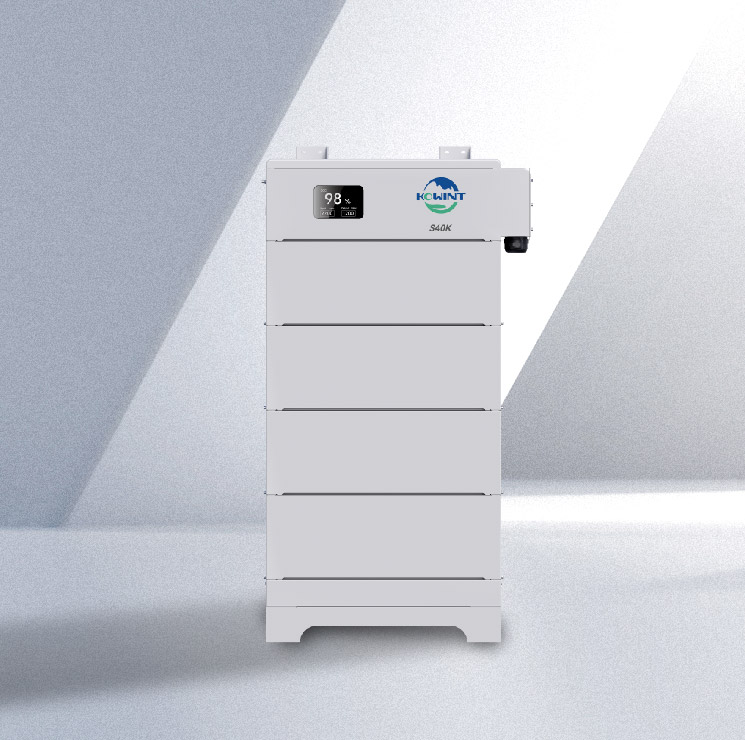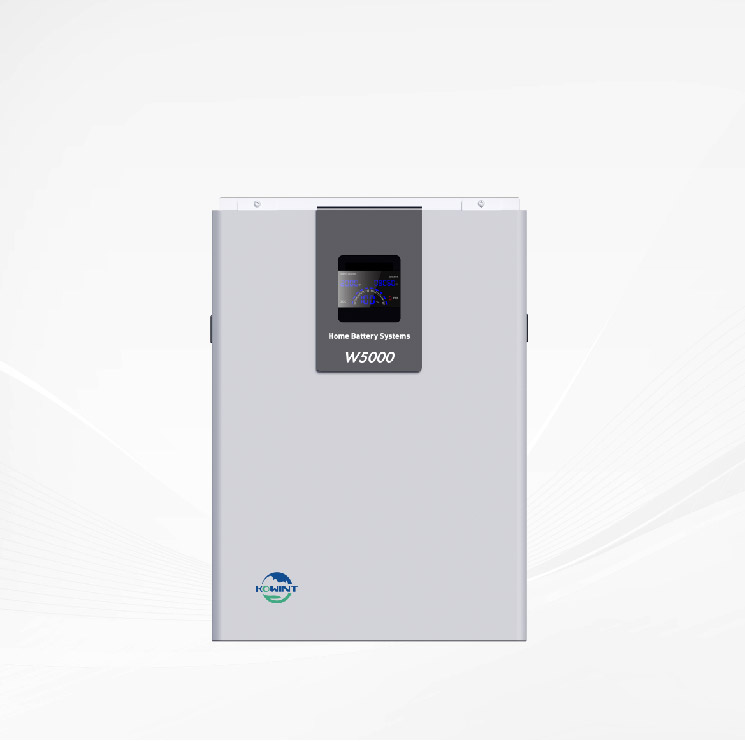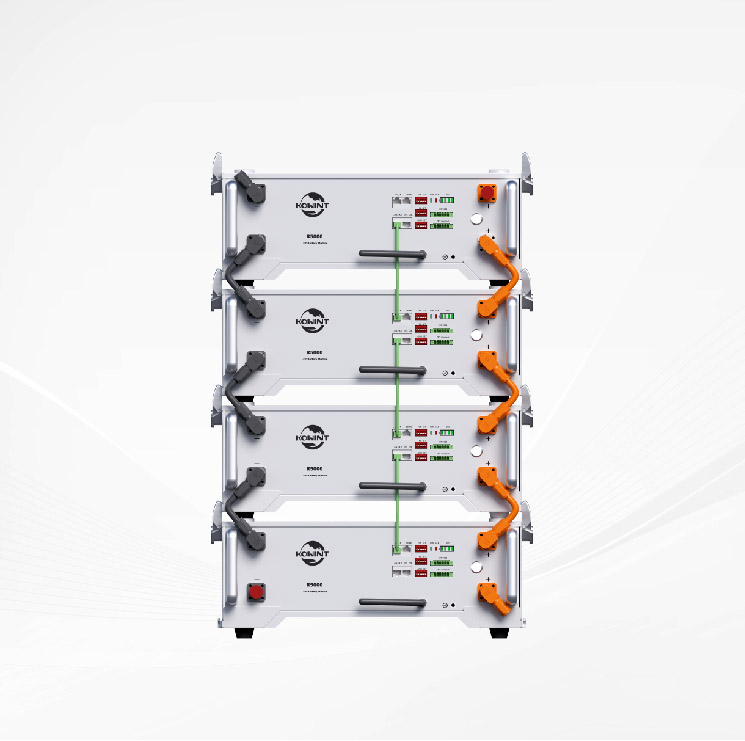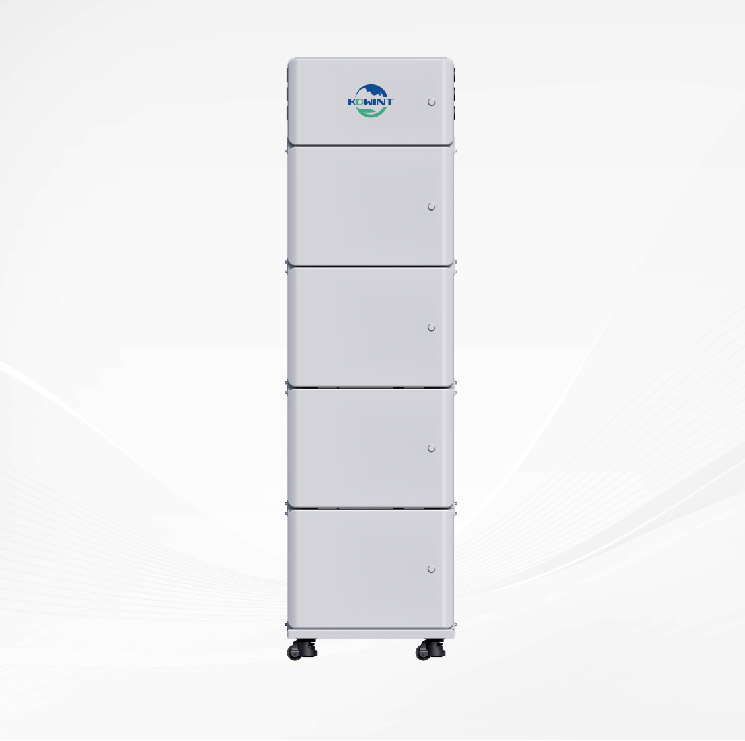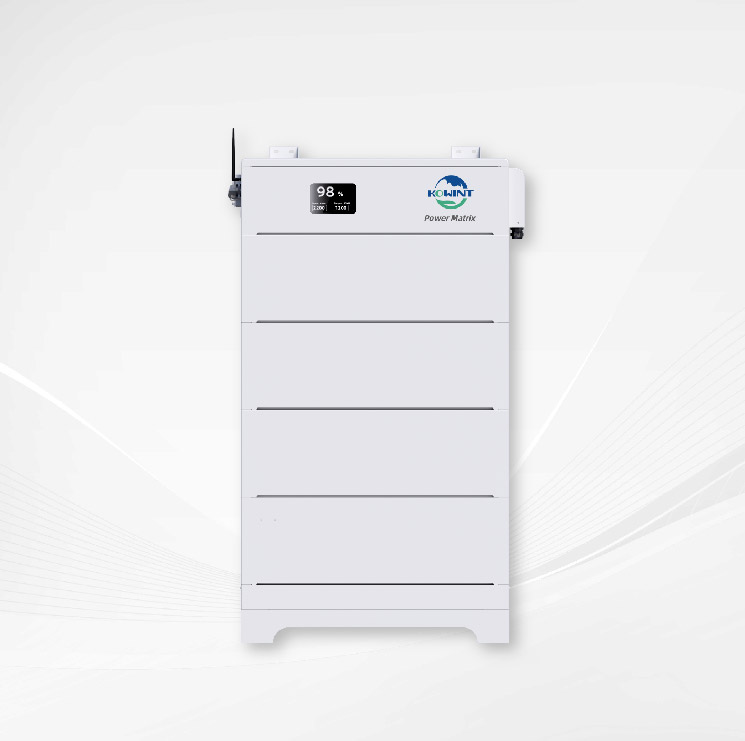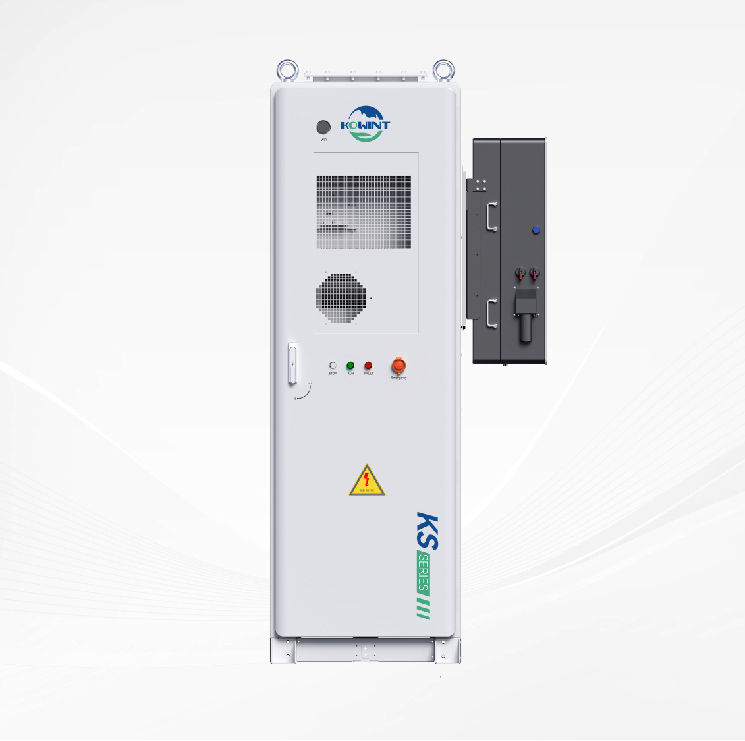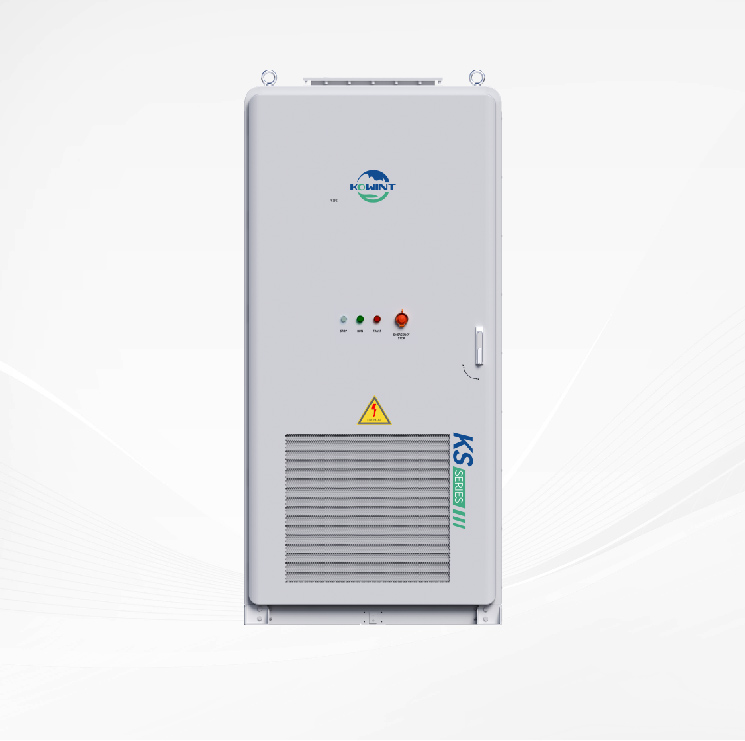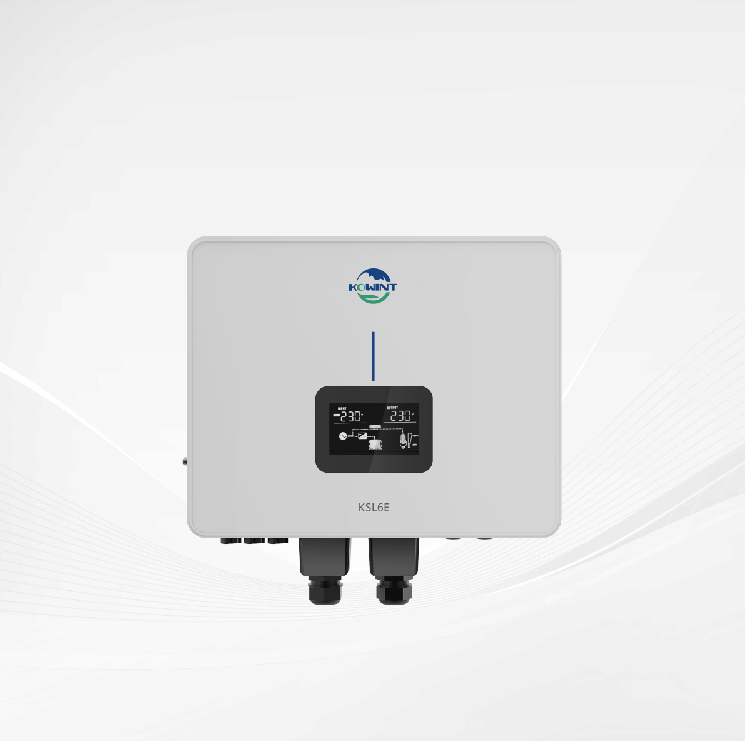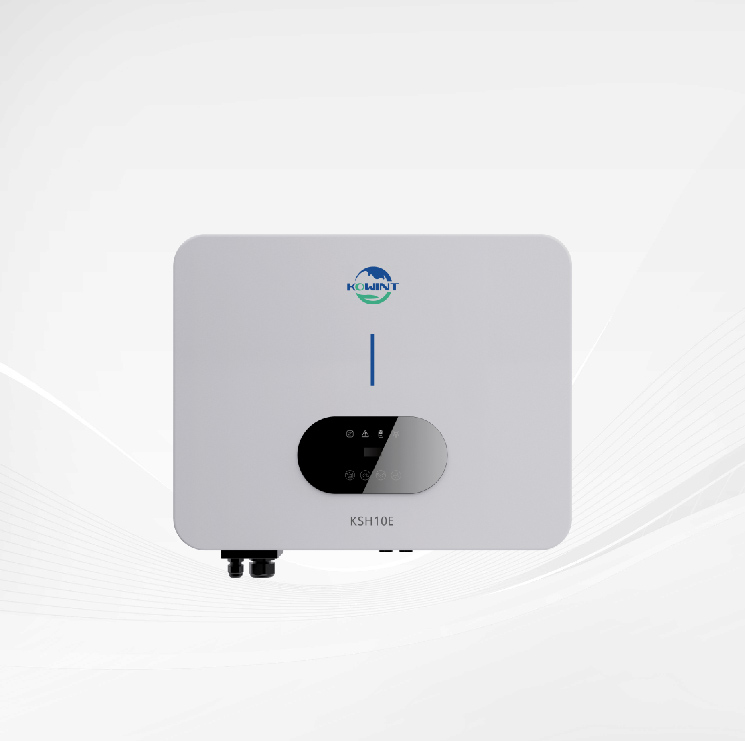Microgrid Benefits: Illuminating the Path to Sustainable Energy
In a world grappling with energy challenges, microgrids have emerged as transformative solutions, revolutionizing the way we generate, distribute, and consume energy. As localized energy systems, microgrids offer an array of benefits that not only enhance the efficiency of energy usage but also pave the way toward a more sustainable and inclusive future. This article delves deep into the multitude of advantages offered by microgrids, exploring how they enhance reliability, promote energy efficiency, bolster environmental sustainability, stimulate economic growth, and empower communities.
Reliability and Resilience of Microgrids
Microgrids are at the forefront of ensuring reliability and resilience in energy systems, especially in the face of growing challenges such as climate change-induced extreme weather events and an increasingly stressed conventional grid. Their unique design and capabilities make them indispensable in providing uninterrupted power supply and enhancing the resilience of communities and critical infrastructure.
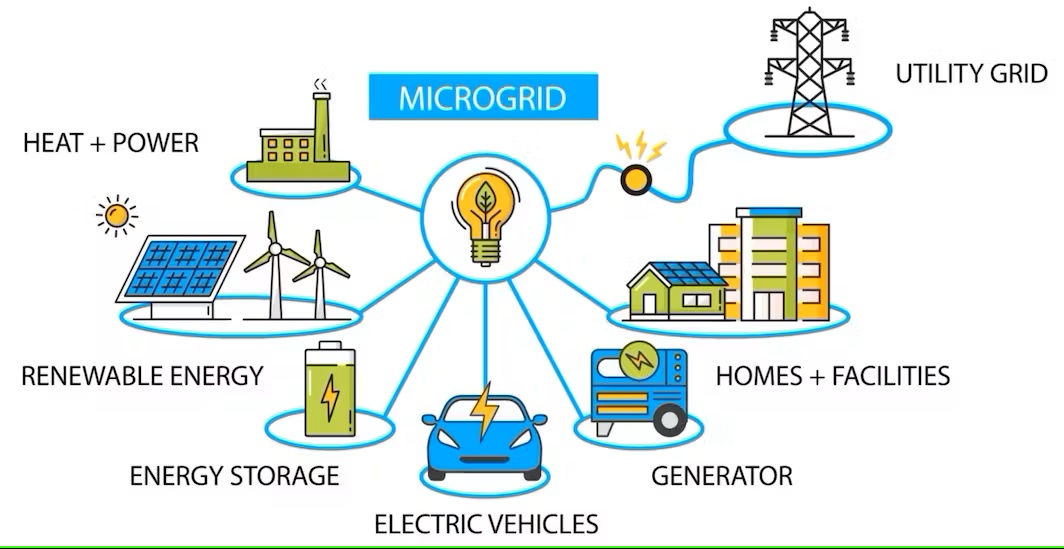
Islanding Capability:
Microgrids are designed with advanced technologies that allow them to operate independently from the main grid, a feature known as islanding capability. When the main grid experiences failures due to storms, accidents, or other emergencies, microgrids can swiftly disconnect from the grid, ensuring continuous power supply to the connected facilities.
This islanding capability is particularly vital for essential services such as hospitals, emergency shelters, and communication centers. During natural disasters, microgrids can keep critical facilities operational, ensuring the safety and well-being of communities.
Grid-Interactive Features:
Microgrids are equipped with grid-interactive features that enable seamless transitions between grid-connected and islanded modes. These features facilitate automatic switching, ensuring a smooth transition when the main grid goes offline or is restored.
Grid-interactive controls also allow microgrids to synchronize their operations with the main grid when it is functioning correctly. This synchronization ensures stability and prevents issues like voltage fluctuations when reconnecting to the grid.
Enhanced Resilience against Natural Disasters:
Microgrids are engineered to withstand extreme weather conditions, making them highly resilient in the face of hurricanes, floods, and wildfires. Their robust infrastructure and decentralized nature reduce vulnerability to damage caused by localized disasters.
The ability of microgrids to continue operating during and after natural disasters significantly enhances community resilience. Reliable power supply in the aftermath of disasters is crucial for emergency response efforts, communication, and the restoration of normalcy in affected areas.
Swift Disaster Recovery:
Microgrids expedite disaster recovery efforts by providing immediate power supply to emergency response centers, hospitals, and community shelters. This quick response is vital in the first hours and days following a disaster, ensuring that essential services are available when they are needed the most.
Rapid recovery facilitated by microgrids also enables faster assessment of damages, communication with affected communities, and coordination of relief efforts, thereby minimizing the impact of disasters on communities.
Microgrid Performance in Extreme Weather Conditions:
Microgrids are designed to withstand extreme temperatures, high winds, and heavy precipitation. This resilience ensures that microgrid components remain operational even in harsh weather conditions, preventing downtimes and ensuring continuous energy supply to users.
Performance monitoring systems embedded within microgrids allow real-time assessment of their status. If any component malfunctions due to extreme weather, microgrid operators can quickly identify and address the issue, ensuring uninterrupted power supply to the connected consumers.
In essence, the reliability and resilience of microgrids make them indispensable assets in our modern energy landscape. Their ability to operate independently, seamlessly transition between modes, withstand extreme weather, and support swift disaster recovery efforts ensures that communities are not only supplied with continuous energy but are also well-prepared to face the challenges posed by natural disasters and grid failures. Microgrids stand as the embodiment of energy security, providing a stable foundation upon which communities can thrive even in the face of adversity.
Energy Efficiency and Cost Savings
Microgrids optimize energy generation and distribution through advanced load balancing and demand response strategies. By efficiently utilizing diverse energy sources, microgrids reduce wastage and losses, ensuring every unit of energy generated is put to effective use. This optimization not only conserves resources but also translates into substantial cost savings. Microgrids minimize transmission and distribution losses and integrate energy storage solutions for peak shaving, further enhancing efficiency and reducing operational costs for both producers and consumers.
Environmental Impact and Sustainability
One of the most significant advantages of microgrids lies in their positive environmental impact. By integrating renewable energy sources like solar, wind, and biomass, microgrids significantly reduce greenhouse gas emissions. They displace fossil fuels, mitigating climate change and contributing to cleaner air and water. Furthermore, microgrids actively promote the adoption of renewable energy technologies, driving investments and accelerating the transition toward a sustainable energy future. They align seamlessly with global sustainability goals, making them crucial in the fight against climate change.
Economic Advantages and Job Creation
Microgrids are not just environmentally friendly; they are also economically advantageous. The implementation of microgrid systems is cost-effective, offering attractive returns on investment. Businesses and households connected to microgrids experience reduced electricity bills, freeing up resources for other essential needs. Additionally, microgrid projects stimulate local economies by creating employment opportunities. Jobs are generated in the development, installation, and maintenance of microgrid systems, leading to economic growth and community prosperity.
Energy Access and Inclusivity
Microgrids play a pivotal role in providing energy access to underserved and remote communities. In regions plagued by energy poverty, microgrids serve as lifelines, powering homes, schools, and healthcare facilities. They bridge the energy access gap, promoting inclusivity and social welfare. Microgrids empower women and vulnerable populations, enhancing their quality of life. Beyond mere electrification, microgrids catalyze socio-economic development, opening doors to education, healthcare, and economic opportunities for all.
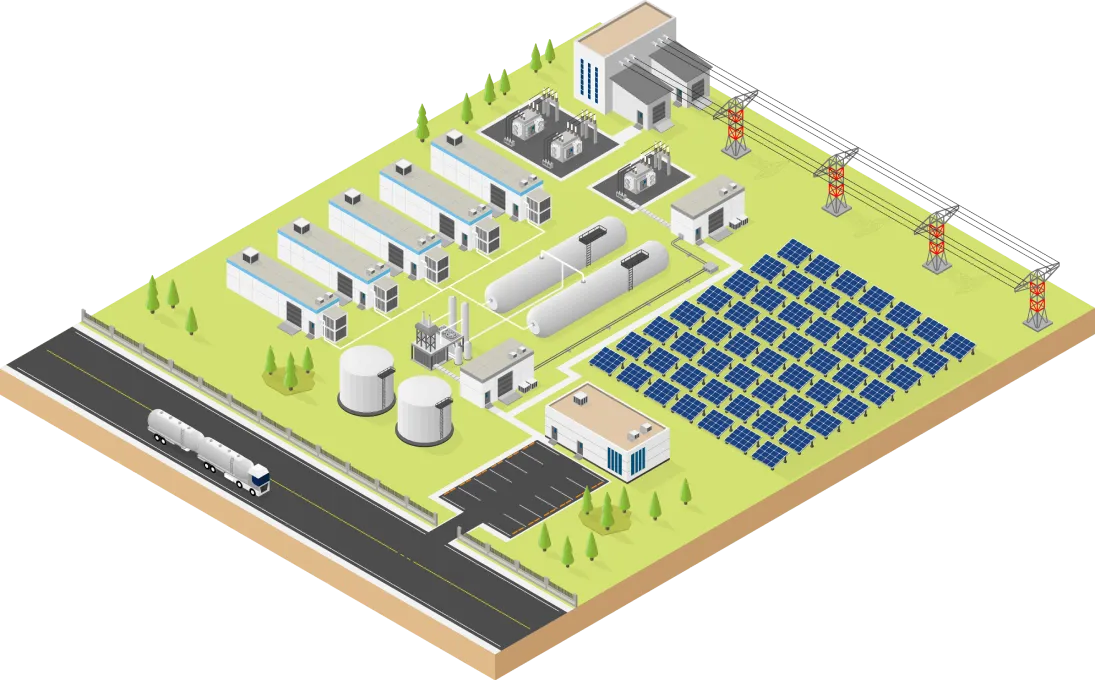
Integration with Smart Technologies
In the era of smart technology, microgrids are at the forefront of innovation. They seamlessly integrate with smart grids, enabling real-time monitoring and control of energy distribution. Smart meters and IoT devices facilitate data analytics, ensuring predictive maintenance and efficient energy management. Microgrids play a vital role in the development of smart cities and urban areas, enhancing overall energy efficiency and sustainability. Their integration with cutting-edge technologies propels them into the future, making them indispensable components of modern energy landscapes.
Case Studies and Real-World Examples
Examining real-world applications of microgrids further underscores their significance. In industrial and commercial sectors, microgrids optimize energy usage, resulting in substantial cost savings. Residential communities and rural areas benefit from microgrid implementations, gaining access to reliable electricity for the first time. Case studies provide valuable insights, highlighting the successes and challenges faced in various contexts. Lessons learned and best practices from these implementations guide future projects, ensuring continuous improvement and innovation.
Challenges and Solutions
While microgrids offer a multitude of benefits, they are not without challenges. Technical integration issues, compatibility challenges, and regulatory hurdles often pose obstacles. However, the innovation and collaborative efforts of experts and stakeholders have led to solutions. Advanced technologies like AI, machine learning, and blockchain are revolutionizing microgrid development. Public-private partnerships and community engagement initiatives are shaping regulatory frameworks, fostering an environment conducive to microgrid implementations. By addressing challenges head-on, microgrids continue to evolve, becoming more efficient, reliable, and accessible.
Conclusion
In conclusion, microgrids are not just sources of power; they are sources of empowerment. Their myriad benefits extend far beyond the realm of electricity, touching lives, driving economic growth, and safeguarding the environment. Microgrids represent a future where energy is not just a commodity but a catalyst for positive change. By embracing the advantages of microgrids, societies can create a world where energy is sustainable, inclusive, and empowering for all. As we navigate the complexities of our energy needs, microgrids stand as guiding lights, illuminating the path to a brighter, greener, and more equitable future.


 Residential Energy Storage System
Residential Energy Storage System Commercial & Industrial BESS
Commercial & Industrial BESS Residential inverter
Residential inverter